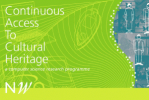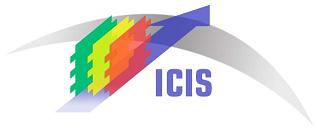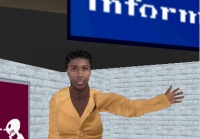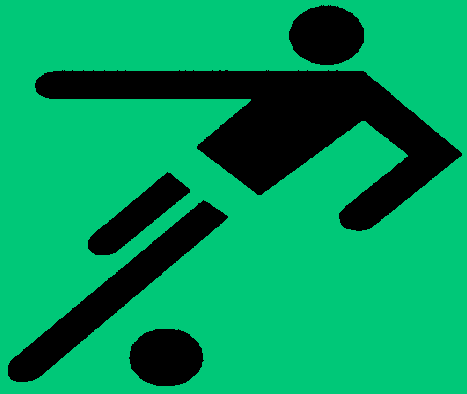Projects (past and ongoing)
|
|
|
| The FACT
project aims at automatically enriching a corpus of Dutch folktales with metadata such
as names, keywords, and a summary. We also classify folktales according
to genre and international folktale type, and investigate if useful
relations between folktales can be found by means of
clustering. FACT is supported by the CATCH (Continuous Access to Cultural Heritage) programme of NWO. |
|
 |
| As part of the COMMIT project "Interaction for Universal Access"
we investigate the use of interactive storytelling techniques in
serious games used for training purposes. Our focus is on providing
artificial agents (“non-player characters” in the game) with social
intelligence to support training. For this purpose we build on our
results from the Virtual
Storyteller project, see below. |
|
 |
|
The
Virtual Storyteller
project is aimed at automatic
story generation using a multi-agent architecture. The project focuses
on the development of intelligent agents, capable of both rational and
emotional behaviour. It also involves research on
language generation, embodied information presentation and speech
synthesis. An article (in Dutch) explaining in simple terms what the
Virtual Storyteller is about appeared in the Dutch storytelling
magazine Vertel Eens,
1(3), December 2006, p. 29. |
|

|
|
In the GATE
project (Game research for training and entertainment)
we try to model the cognitive processes involved
in natural communication. We focus on the production of verbal and
non-verbal behavior by virtual characters. This behaviour needs to be
appropriate in context, i.e. given the character’s personality and
mental
state, its
social and emotional relationship towards other agents, etc.
|

|
In the ICIS
project (Interactive Collaborative Information Systems) we worked on
the
multimodal presentation of information in high-load presentation
scenario's, aiming at the reduction of stress and cognitive load, and
the avoidance of framing bias and confirmation bias in decision making.
As an application domain we focused on crisis management.
|

|
|
IMOGEN
was a subproject of the IMIX
programme (NWO).
In IMOGEN we worked on multimodal output generation in the context of a
question-answering system. The following description of our work
(in Dutch) appeared in a Dutch magazine on applied language and speech
technology: Theune, M., E. Krahmer, W. Bosma, E. Marsi en C. van
Hooijdonk. Mag
het ietsje meer zijn? Antwoordpresentatie
in een QA-systeem.
DIXIT, tijdschrift over toegepaste taal- en spraaktechnologie, 4(1),
June 2006,
pp. 12-15.
|
 |
|
A
past research project is
ANGELICA
(A Natural-language Generator for Embodied, Lifelike Conversational
Agents), funded by
NWO.
In this project an embodied Virtual Guide was developed that can
give route directions in a virtual environment using a combination
of
modalities, including gestures and text/speech. For Dutch
readers, here's an article from the Dutch magazine Computable
(2003) in which I talk about the ANGELICA project.
|
 |
 As
part of my PhD research, I developed the language generation component
of a spoken dialogue system that provided train timetable information.
Another system I worked on was GoalGetter,
a system that generated spoken soccer reports on the
basis of tabular data. To read an interview with me about GoalGetter
(in Dutch) click
here.
My PhD research was carried out at
IPO, the Institute for Perception Technology / Center for User-System
Interaction
of the Eindhoven University of Technology. As
part of my PhD research, I developed the language generation component
of a spoken dialogue system that provided train timetable information.
Another system I worked on was GoalGetter,
a system that generated spoken soccer reports on the
basis of tabular data. To read an interview with me about GoalGetter
(in Dutch) click
here.
My PhD research was carried out at
IPO, the Institute for Perception Technology / Center for User-System
Interaction
of the Eindhoven University of Technology.
|
One of my specific interests in the area of natural language
generation is the generation of referring expressions (GRE). With the
GRAPH team (using a graph-based GRE algorithm proposed by Krahmer
et al. 2003) we have been participating in the 2007
ASGRE Challenge, the 2008
REG
Challenge, and the 2009
TUNA Challenge.
BACK
TO HOMEPAGE
|

